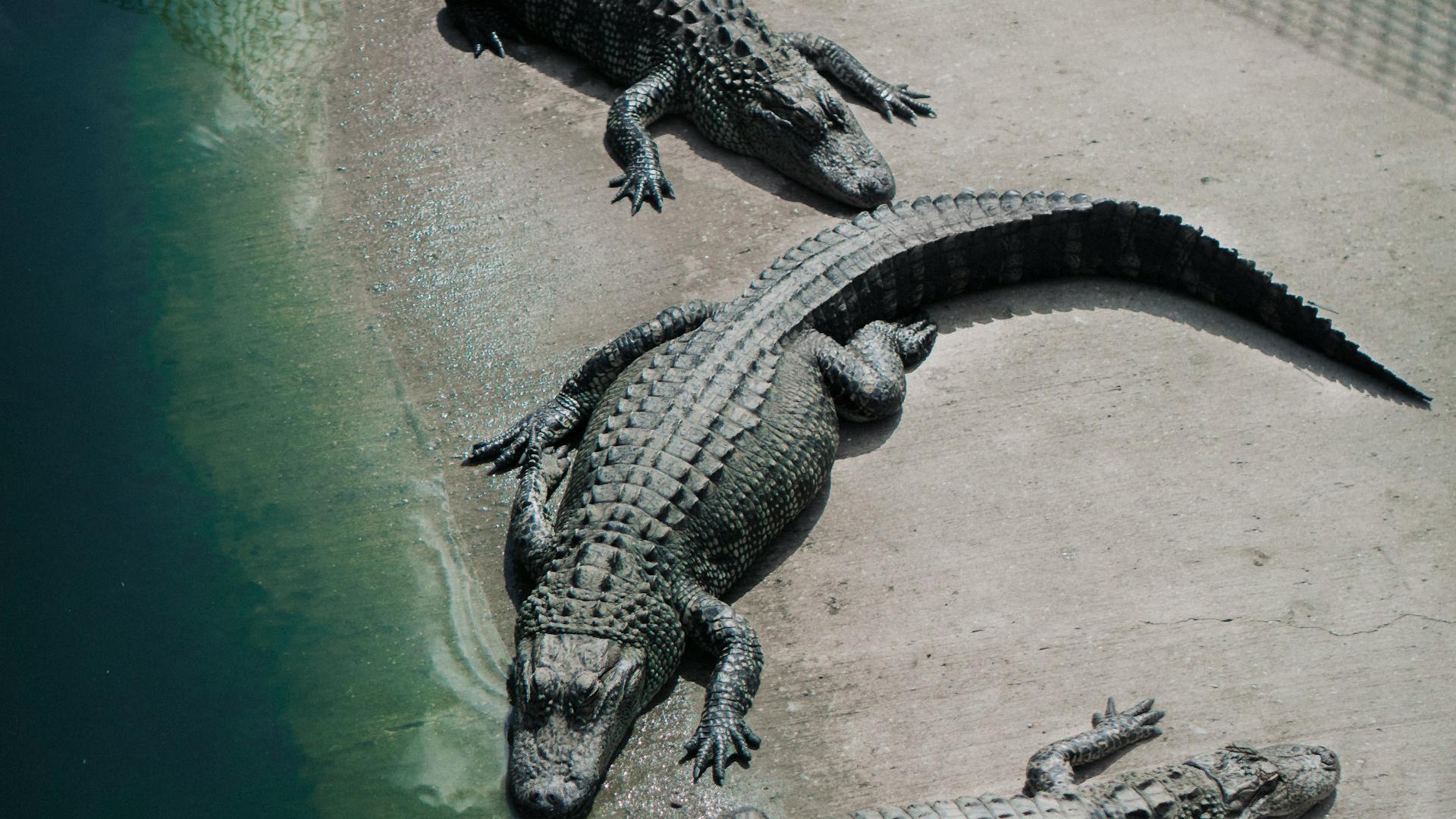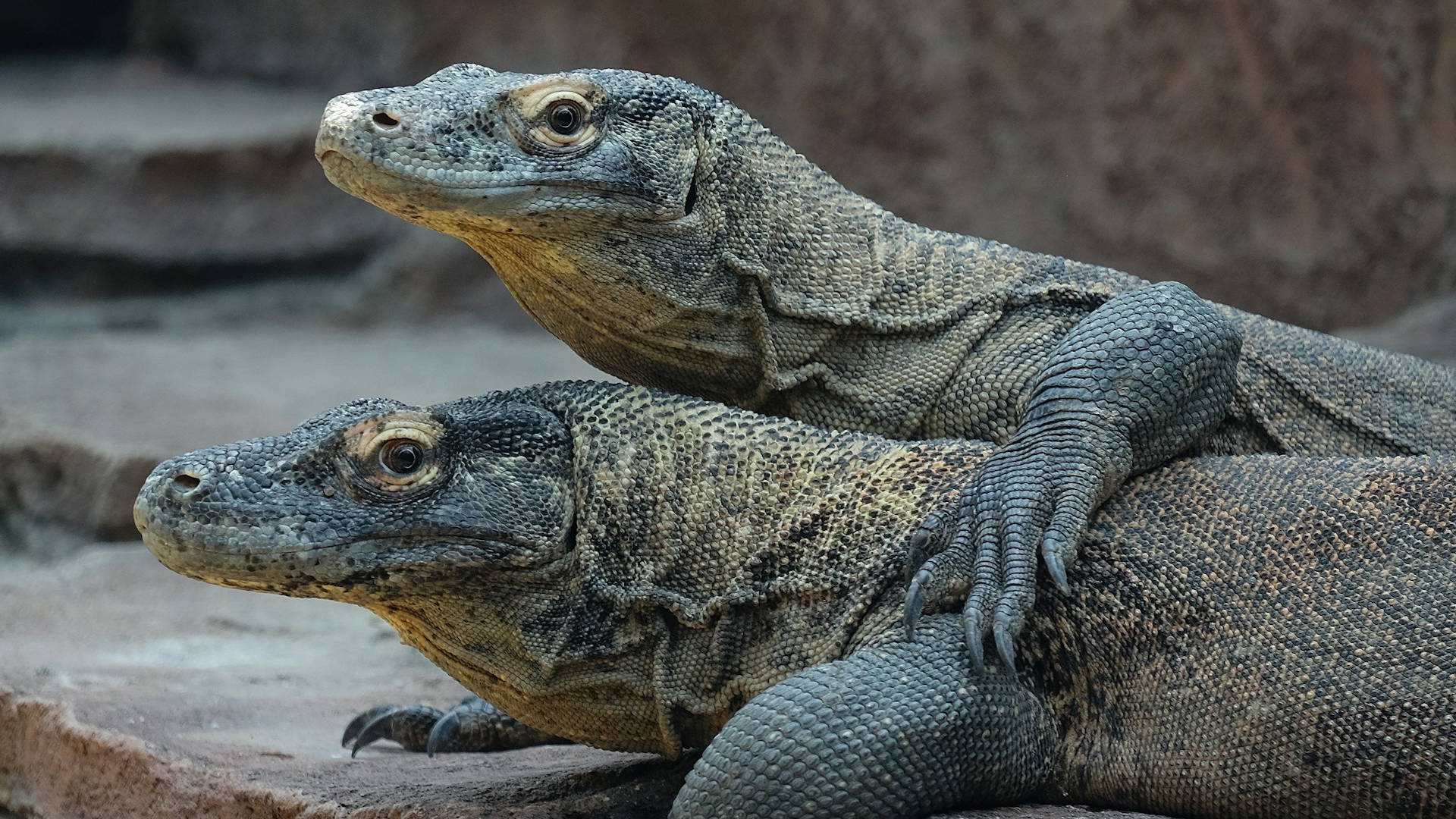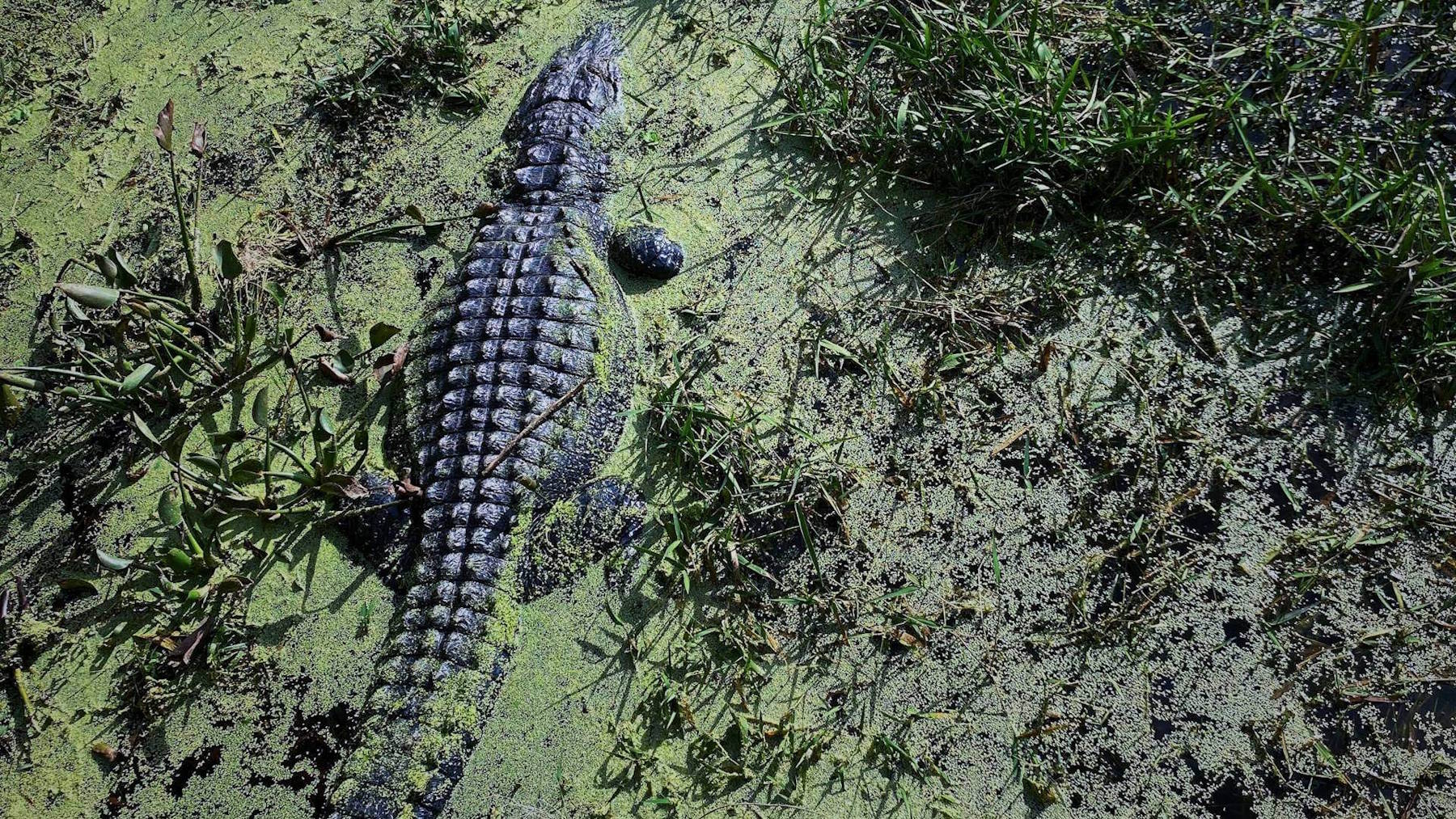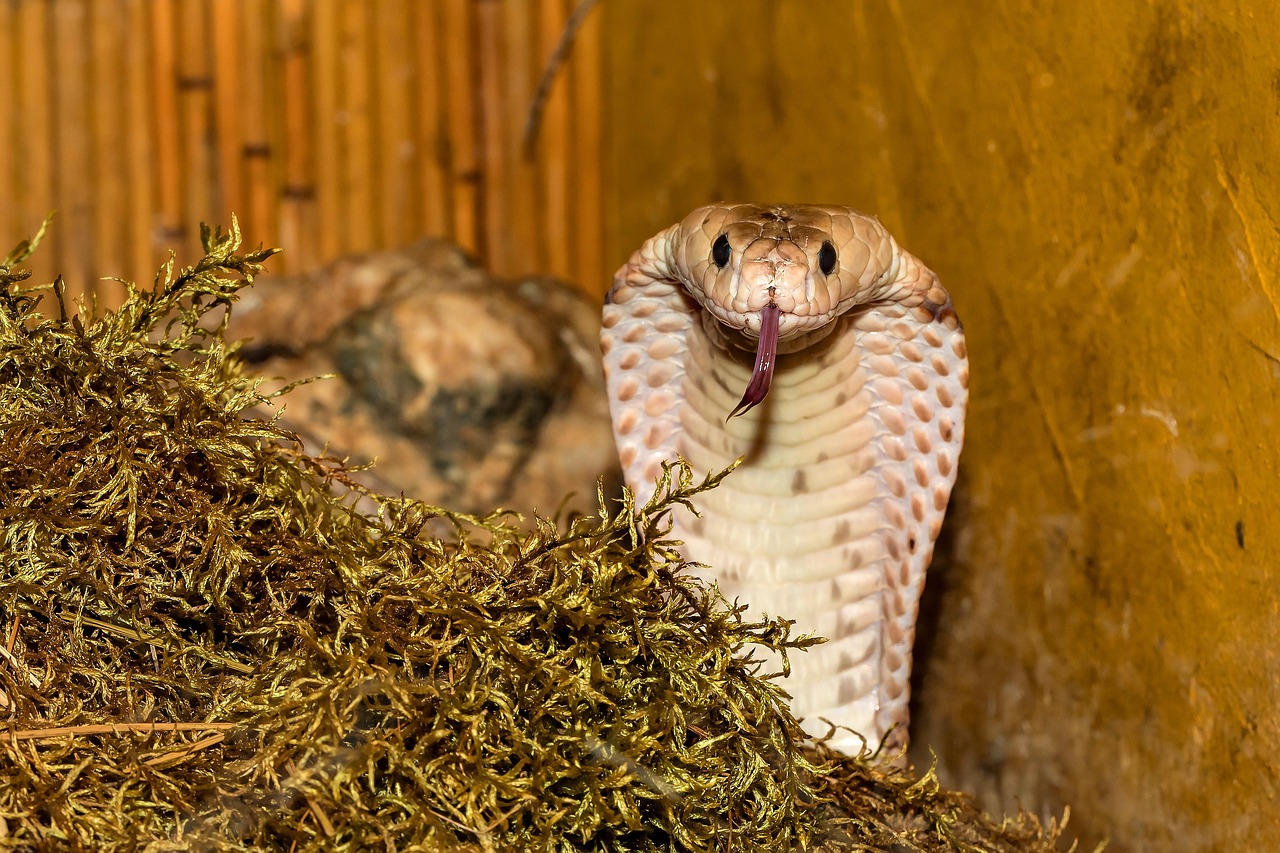The Nile crocodile (Crocodylus niloticus), one of Africa’s most formidable predators, has long been observed engaging in behavior that challenges our understanding of reptilian intelligence. While crocodiles are often portrayed as solitary opportunistic hunters, emerging research and field observations reveal a more complex picture. Nile crocodiles frequently engage in sophisticated coordinated hunting strategies that demonstrate remarkable cooperation and social intelligence. These ancient reptiles, having survived for over 200 million years with minimal evolutionary changes, have perfected hunting techniques that rely on group dynamics to tackle prey that would be impossible for a single crocodile to capture. This article explores the fascinating world of cooperative hunting among Nile crocodiles, examining their strategies, communication methods, and the evolutionary advantages that group hunting provides.
The Social Nature of Nile Crocodiles

Contrary to popular belief, Nile crocodiles maintain complex social structures that facilitate their coordinated hunting behaviors. These reptiles demonstrate a hierarchical system where dominant individuals often take leadership roles during group hunts. Researchers have observed that Nile crocodiles frequently congregate in groups called “basks” on land and “floats” in water, creating opportunities for social interaction and coordinated activities. During these gatherings, crocodiles establish and reinforce social bonds through various behaviors including subtle head slaps on the water surface, body posturing, and vocalizations that humans rarely detect. This social foundation provides the necessary framework that allows these reptiles to engage in sophisticated cooperative hunting strategies that maximize their predatory success.
The Evolutionary Advantage of Group Hunting
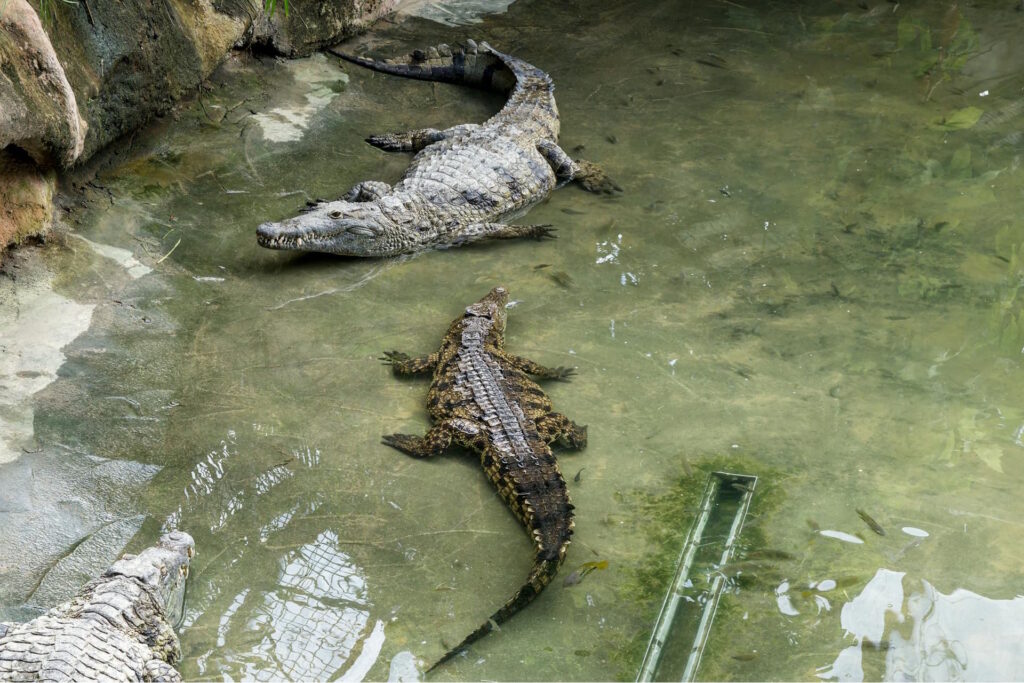
Group hunting represents an evolutionary adaptation that significantly increases the Nile crocodile’s predatory success rate. By hunting collectively, these reptiles can target larger prey such as wildebeest, zebra, and buffalo that would be too dangerous or difficult for a single crocodile to subdue. This cooperative behavior also allows them to create more effective barriers during river crossings, preventing prey escape and ensuring greater hunting efficiency. Evolutionary biologists suggest that this social hunting behavior may have developed over millions of years as an adaptation to environments where large migrating herds became a primary food source. The energy efficiency of shared hunting efforts also means individual crocodiles expend less energy per successful kill, creating a powerful selective pressure that has reinforced these cooperative behaviors across countless generations.
Communication During Coordinated Hunts
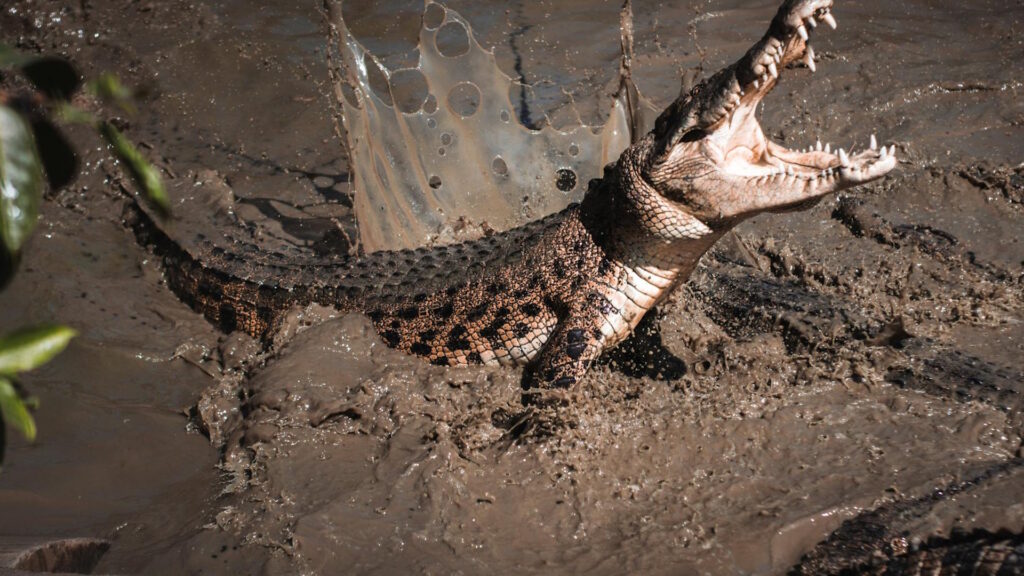
Nile crocodiles employ sophisticated communication systems during their coordinated hunts that remain only partially understood by researchers. These reptiles use a combination of visual signals, body positioning, water vibrations, and possibly infrasonic vocalizations to coordinate their movements during group hunts. Head slaps on the water surface serve as attention signals, while subtle body postures indicate intentions to other group members. Researchers using underwater microphones have detected low-frequency vocalizations between crocodiles that may play a role in hunt coordination. This communication system allows dozens of crocodiles to move with surprising synchronicity during complex maneuvers, suggesting a level of social intelligence that contradicts the traditional view of reptiles as primitive, instinct-driven animals.
The Semi-Circle Ambush Strategy
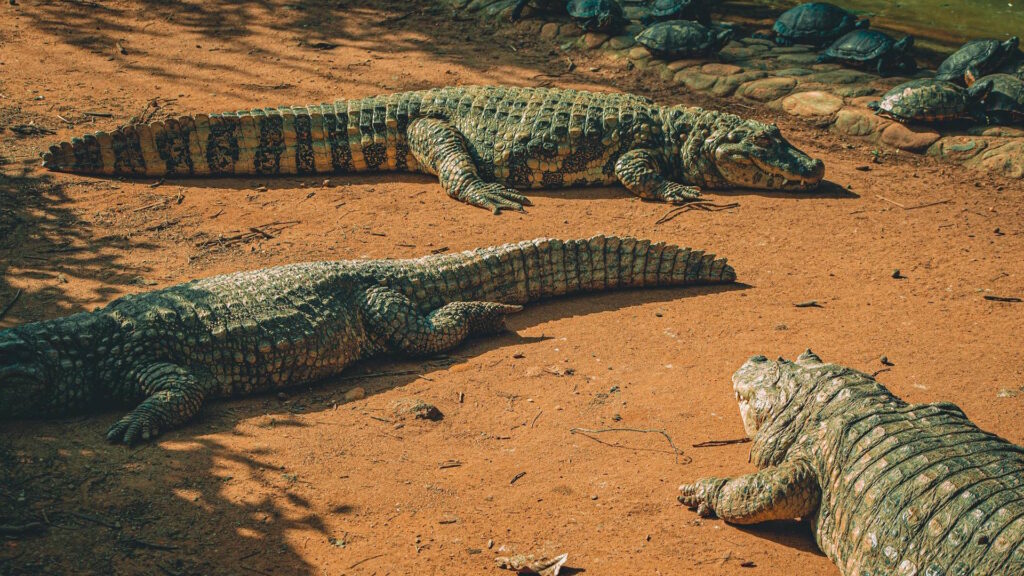
One of the most documented group hunting techniques employed by Nile crocodiles is the semi-circle ambush, used primarily during river crossings of migrating herbivores. This strategy involves multiple crocodiles positioning themselves in a C-shaped formation facing the approaching animals, often remaining nearly invisible with just their eyes and nostrils above the water surface. As prey animals enter the water, the crocodiles maintain their formation while slowly closing the distance, effectively creating a living barrier that blocks escape routes. Once prey animals are sufficiently deep in the water where their mobility is compromised, the crocodiles attack simultaneously from multiple directions, creating chaos and preventing organized escape. This coordinated technique demonstrates remarkable spatial awareness and an understanding of prey behavior that allows the crocodiles to maximize their hunting success.
The Funnel Technique for Mass Captures
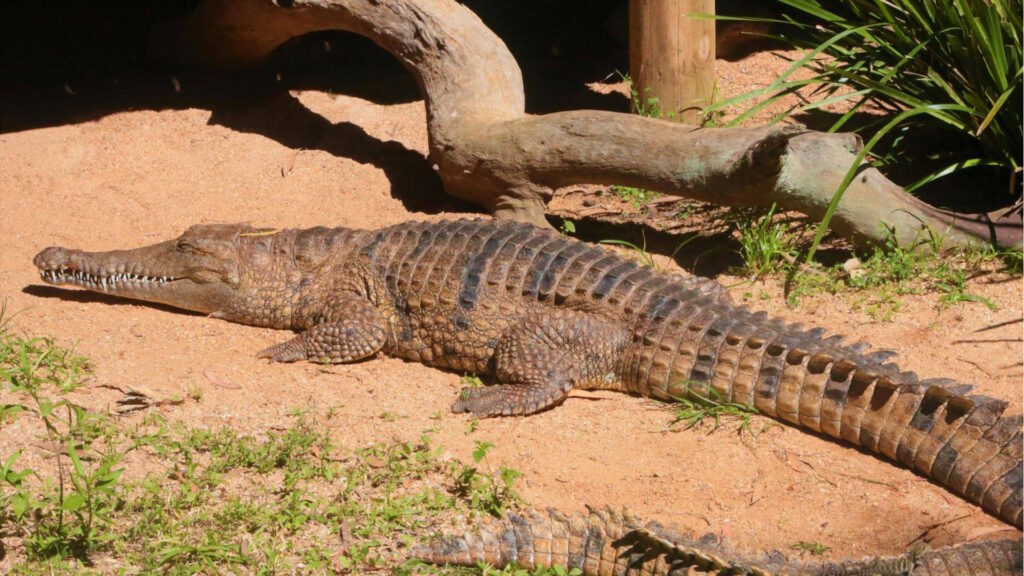
During major river crossings of migrating herbivores, Nile crocodiles have been observed employing an advanced strategy known as the funnel technique. This method involves a large number of crocodiles—sometimes exceeding 30 individuals—arranging themselves in a V-formation that gradually narrows, creating a natural funnel that directs panicking prey animals into a confined space. This formation requires sophisticated positioning awareness, with some crocodiles serving as “blockers” at the wide end while others position themselves strategically along the narrowing sides. As prey animals attempt to escape through the funnel, they encounter a concentrated group of crocodiles waiting at the narrow end, resulting in multiple successful captures within seconds. Researchers studying this behavior note that it demonstrates remarkable spatial coordination and suggests some level of role specialization among participating crocodiles.
Cooperative Feeding Behaviors

The coordination among Nile crocodiles extends beyond the capture phase into feeding behaviors that maximize nutritional benefits for the group. When a large prey animal is captured, multiple crocodiles work together in a behavior known as the “death roll relay,” where individuals take turns spinning to tear off manageable pieces of the carcass. This cooperative feeding approach prevents destructive competition that might result in injury to group members. Researchers have observed that dominant crocodiles typically feed first, but the hierarchical feeding order generally proceeds with minimal serious conflict. The sharing of large prey represents an extension of their cooperative hunting strategy and reinforces social bonds within the group, as even subordinate crocodiles eventually receive substantial nutrition from kills they helped secure.
Seasonal Variations in Group Hunting

The intensity and frequency of coordinated hunting behaviors among Nile crocodiles vary significantly with seasonal conditions and prey availability. During annual migrations in ecosystems like the Serengeti and Masai Mara, when thousands of wildebeest and zebra cross crocodile-infested rivers, these reptiles demonstrate their most sophisticated group hunting behaviors. Research indicates that crocodiles may gather at these crossing points weeks before migrations begin, suggesting some level of anticipatory behavior based on environmental cues or memory. During dry seasons when prey is scarce, crocodiles often resort to more opportunistic individual hunting strategies or form smaller hunting groups targeting aquatic prey. This seasonal flexibility in hunting approach demonstrates the Nile crocodile’s remarkable adaptive intelligence and ability to modify social behaviors based on environmental conditions.
Group Size Dynamics and Hunting Efficiency

The relationship between group size and hunting success among Nile crocodiles follows a complex pattern that researchers continue to study. Field observations suggest an optimal group size of 6-15 crocodiles for most coordinated hunts, with efficiency decreasing when groups grow too large due to coordination difficulties and competition. However, during major river crossings of migratory herds, much larger groups of 20-30 crocodiles have been documented working in remarkable coordination. The composition of hunting groups appears somewhat fluid, with membership changing based on various factors including prey size, hunger levels, and social dominance. Research indicates that experienced adult crocodiles play critical leadership roles in coordinating group movements, with younger individuals learning these complex behaviors through observation and participation.
Learning and Intelligence in Coordinated Hunts
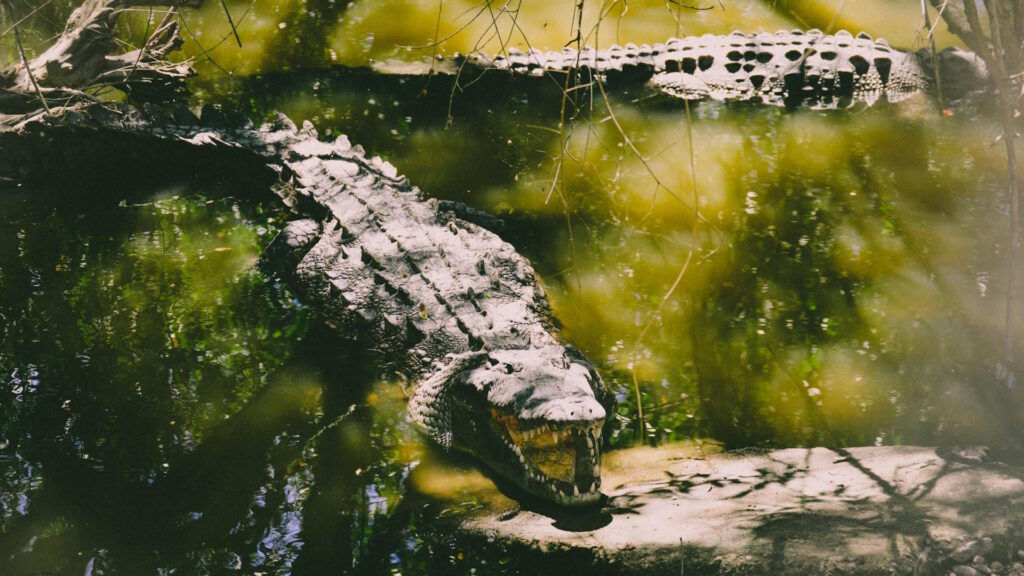
The sophisticated nature of coordinated hunting behaviors among Nile crocodiles suggests significant cognitive capabilities that challenge traditional views of reptilian intelligence. Young crocodiles appear to learn hunting techniques through a combination of observation and guided participation in group hunts. Researchers have documented juvenile crocodiles positioned at the periphery of hunting formations, gradually moving into more active roles as they mature and gain experience. This learning process may extend over several years as young crocodiles develop the spatial awareness and timing necessary for effective participation in complex group strategies. The ability to coordinate movements with numerous other individuals, anticipate prey behavior, and adjust tactics based on changing conditions demonstrates cognitive flexibility that positions Nile crocodiles among the most intelligent reptiles on Earth.
The Role of Individual Specialization

Within coordinated hunting groups, individual Nile crocodiles often demonstrate specialized roles that enhance overall hunting efficiency. Some individuals consistently position themselves as blockers that prevent prey escape, while others specialize in the initial strike that disables prey animals. Researchers have observed that certain crocodiles repeatedly position themselves at strategic points in river systems where topography creates natural bottlenecks for crossing herbivores. This specialization appears partly related to individual physical characteristics, with larger crocodiles often taking the most dangerous roles that involve direct confrontation with powerful prey. The emergence of these specialized roles suggests a sophisticated understanding of individual strengths and weaknesses within the group context, further demonstrating the complex social intelligence of these ancient reptiles.
Conservation Implications of Social Hunting

The complex social hunting behaviors of Nile crocodiles have significant implications for conservation efforts aimed at protecting these apex predators. The disruption of river ecosystems through dam construction, water diversion, and habitat fragmentation can severely impact the crocodiles’ ability to form effective hunting groups. When populations decline below certain thresholds, the sophisticated cooperative hunting strategies that evolved over millions of years become unsustainable, potentially accelerating population decline through reduced hunting success. Conservation strategies must therefore consider not just individual crocodiles but the preservation of social structures and group dynamics essential to their hunting success. Protected areas must be large enough to maintain viable social groups and incorporate the seasonal migration routes that trigger the crocodiles’ most impressive coordinated hunting displays.
Human-Wildlife Conflict and Group Hunting
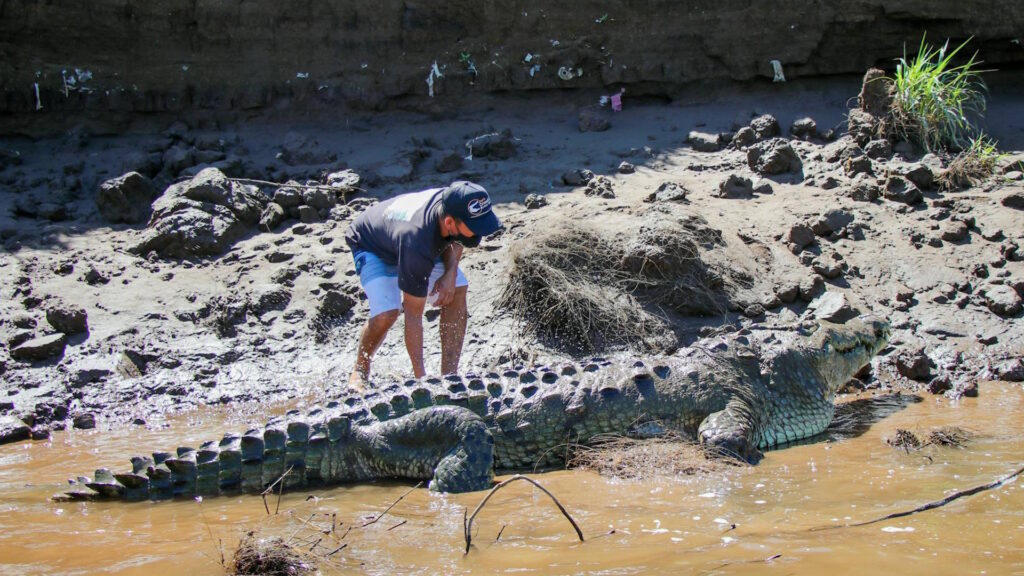
The coordinated hunting capabilities of Nile crocodiles contribute significantly to human-wildlife conflict in regions where people and crocodiles share aquatic resources. When human activities like fishing, water collection, or river crossings intersect with areas where crocodiles regularly conduct group hunts, the risk of attacks increases substantially. Understanding the spatial and temporal patterns of coordinated hunting behavior has become essential for developing effective conflict mitigation strategies. Local ecological knowledge from communities that have coexisted with crocodiles for generations often includes sophisticated understanding of these group hunting patterns. Conservation programs increasingly incorporate this traditional knowledge alongside scientific research to develop warning systems and community education that can reduce dangerous encounters while respecting the ecological importance of these predators.
Future Research Directions

Despite significant advances in understanding the coordinated hunting behaviors of Nile crocodiles, many aspects of this fascinating behavior remain poorly understood. Future research using emerging technologies like underwater drones, acoustic monitoring, and animal-mounted cameras promises to reveal new details about communication methods and decision-making processes during group hunts. Tracking studies examining how hunting groups form, dissolve, and reform over time may provide insights into the social memory and recognition capabilities of these reptiles. Comparative studies with other crocodilian species could reveal whether sophisticated group hunting represents a specialized adaptation in Nile crocodiles or a broader capability within this ancient reptile order. As research techniques continue to improve, our understanding of the remarkable social intelligence demonstrated in crocodile hunting behavior will undoubtedly expand, further challenging simplistic views of reptilian cognition.
Conclusion
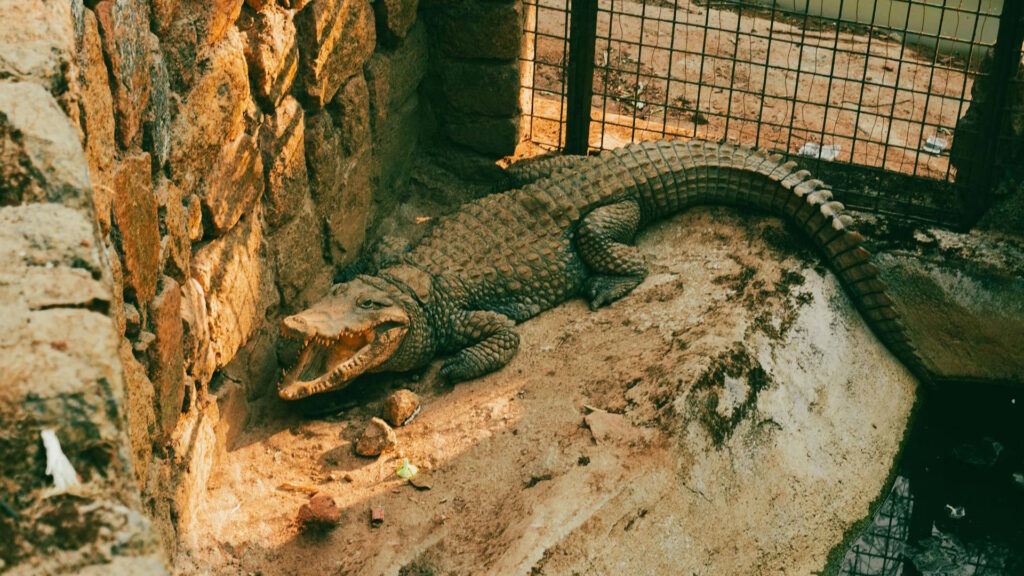
The coordinated hunting behaviors of Nile crocodiles represent one of nature’s most impressive examples of reptilian social intelligence. Far from being simple, instinct-driven predators, these ancient reptiles demonstrate sophisticated cooperation that involves communication, role specialization, and adaptive strategies that maximize hunting success. Their ability to coordinate movements among numerous individuals to execute complex maneuvers challenges our understanding of reptilian cognitive capabilities and social structures. As apex predators that have survived virtually unchanged for millions of years, Nile crocodiles offer valuable insights into the evolution of cooperative behaviors and the selective advantages they provide. By continuing to study these remarkable hunting strategies, we gain not only scientific knowledge but also essential information for conservation efforts aimed at preserving these magnificent predators and the ecosystems they help regulate through their coordinated hunting prowess.

